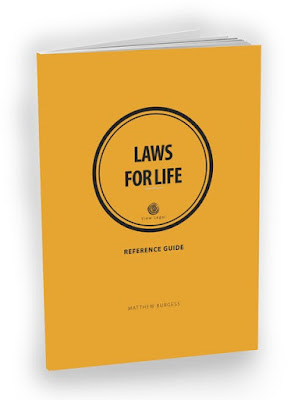Previous posts have considered various aspects of warranties and indemnities (see -What is a warranty?, Indemnities).
Generally, the scope of recovery and damages that may be obtained will be greater where an indemnity is provided.
This is because an indemnity is effectively a promise to either reimburse or make good relevant issues if they arise.
Furthermore, indemnities:
- Do not require the person giving the indemnity to have actually caused the loss – in other words, regardless of how the loss arises, liability will be triggered.
- Common law rules that normally limit the scope of liability, such as remoteness or an obligation to mitigate losses, do not apply in relation to indemnities.
- A party seeking to claim in relation to a breach of warranty must do so by seeking damages.
- The common law principles mentioned above of remoteness and an obligation to mitigate potential losses do apply.
Image courtesy of Shutterstock




